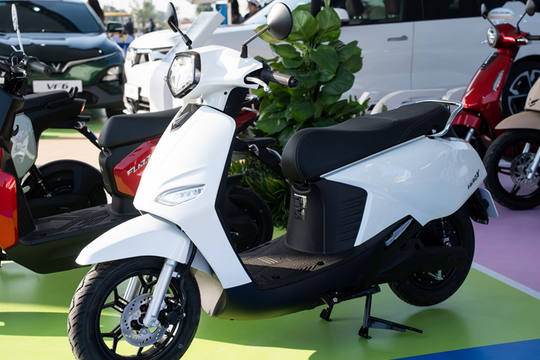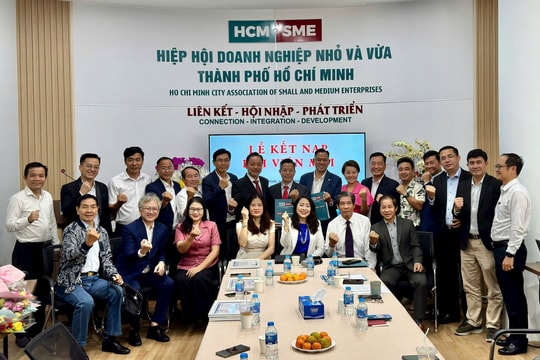(Vietnam Logistics Review)Logistics centers and their activities can cause direct or indirect impacts to environments. The article summarize a number of impacts and solutions to mitigate environments impacts from logistics activities: from the processes of supply, warehousing, transport to the process of delivery.
Liabilities of environment pollution
Most of means of cargo transportation cause emission increase. Emission from planes pollutes the most sensible area of the atmosphere. According to the intergovernmental Panel on Climate Change (IPCC), emission from planes accounts for 3.5% of reasons for global warming. And according to the European Environment Agency, flights from Europe send out the emission of 440,000 tons daily. Road and railroad transport also send out emission and noise. In Vietnam, waste and garbage are dumped directly on two sides of the railroad, polluting surrounding environment and affecting community health. Besides, dirt, chemical, noise, vibration also badly affect community…
Sea transport sector cause the most pollution to sea environment due to the increase of the number of ports and vessels in maritime activities, due to oil spilling in the processes of receiving cargo and materials or due to dumping waste with oil attached. Processes of building and exploiting rivers and sea ports also cause bad impacts to environment. Leveling, explosion breakdown in the process of construction cause bad impacts to land and air quality. Periodical dredging work to navigation way, anchoring area and turning area cause pollution to water environment, sea ecosystem, and cause bad impacts to fishery activities and aqua-production. Port activities as stevedoring, transporting and activities of port staff and sailors in the time of anchoring affect tourism, pollute water and air. There are also potential risks to environment. The bottom mud, especially in city area, industrial zones and estuaries contain heavy metal, oil and multi-ring carbon hydroxide. So dredging work can pollute water environment, and it also change the bottom geography, causing impacts to water ecosystem and inland fishery. Besides, dredging works changing the deep and the width of navigation way can cause changes in meteorology, causing salinity intrusion, either siltation or erosion of surrounding areas. What is more, better navigation ways can increase the number of vessels traveling, causing water pollution with waste from vessels and oil spilling.
How to mitigate environmental impacts?
Besides technologies of waste water treatment, smoke and dirt filtering, recycling… product innovation is a global trend. Most of environmental impacts can be completely avoided in the first phase of a supply chain by considering environment aspects in processes of design and product development. In the phase of finding supply source, purchase experts can take part in auditing work carried out by the third party. A typical example for the case: Chinese shoes manufacturing company finding environmentally- friendly materials as glue for shoe soles or recycled paper for shoe boxes.
Next, in the process of production, enterprises should focus on solutions against pollution. The use of tools as ISO 14000 can solve different aspects of environment management, helping enterprises identify and control their impacts on environment. Results from analyzing product cycles of three leading labels by Coca-Cola showed packaging in an important phase of a supply chain contributing in the increase of exhaust. The company gave out a number of inventions to decrease 25%-50% of product weight. A packaging PlantBottle of Coca- Cola carried out a part of the project, helping to decrease 100,000 tons of carbon monoxide since 2009. The program of Manufacturing Power and Carbon Emission by Nike helped sub-contractors decrease 6% of carbon emission from 2008 to 2011, but increase their production 20%.
Developing a sustainable, environmentally-friendly transport system, controlling factors causing pollution in fields of road, railroad, local waterway, maritime, and air transport needs active participation from enterprises, and with the coordination with State’s organization and all community. Top logistics companies have paid much attention in mitigating carbon emission in the process of transport. FedEx invested in Boeing 777F for fuel saving or electric vehicles for carbon emission reduction. DHL applied Smart Trucks in its new markets as India, choosing the fastest and shortest way to reduce 15% of the total emission.
With projects of constructing river ports and sea ports, there should be consideration: choosing a place away from residential place, breeding-grounds and choosing navigation ways from results of meteorology research. Besides, projects of mud dumping, oil spilling preventions and staff training for incidents should be paid attention, not yet mentioning to building infrastructures to guarantee water supply, traffic, and waste water treatment…
In short, these solutions needs special attention from enterprises operating in the field of logistics. This is a costly expense but this is an essential investment to have sustainable development and long-term benefit in the world that has paid much and much attention to environment protection.




.png)


.png)
.png)


.png)
.png)


.png)